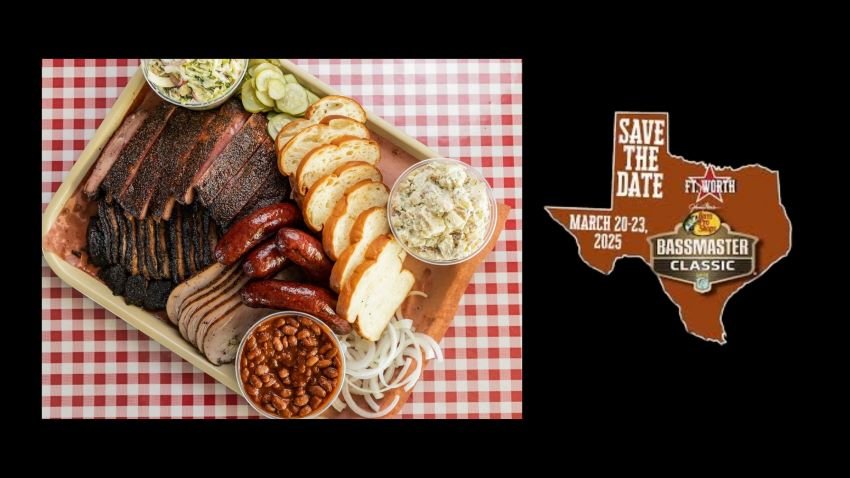Both Sides of the “Gig Economy”
If you read the popular press, no doubt in recent years you’ve heard of the “gig economy.”
Become an entrepreneur! Set your own hours! Explore your creative impulses! Work from anyplace you want!
Sounds great, right? Well, sort of.
While there are some freelance illustrators, writers and other creatives who are making bank in this scenario, my sense is that most people under this model are struggling. It is, in many senses, a race to the bottom. What does an Uber driver really net per hour? What is the average yearly income for someone participating in a multi-level marketing situation with rooms full of inventory? If someone can find a “creative” in a third-world country willing to finish projects for five bucks a pop, that creates an oppositional force on your ability to do those projects for more.
In fact, while the term “gig economy” may originally have been created by the creative class, the biggest beneficiaries of it are large-scale employers. They can get their work done for less money, without having to invest in training, without having to pay benefits, while minimizing their overhead. Without getting too political on you, I suspect it’s a contributing factor in the hollowing out of the middle class. To some extent, you’re being sold a bill of goods. This is especially true in times of trouble, like a recession or the current Coronavirus problems — if you work exclusively in the gig world, you probably don’t have access to sick leave, unemployment insurance or other backstops.
Nevertheless, while I believe that generality, I also know that I’ve been a huge beneficiary of the “gig economy.” That’s not because of any shift in the economy or of sensibilities more generally. Rather, it’s because about two decades ago I stumbled onto something I really like – writing about fishing – which naturally lent itself to monetization. Through some good fortune and a fair amount of sacrifice, I’ve turned it into a fairly significant income stream.
My “day job” pays fairly well with solid benefits, but Hanna and I live in a high-cost area save aggressively for retirement. We like nice things and we enjoy eating out. We’re careful with our cash, but at the same time we don’t skimp on things that are important to us. Still, without the additional income, we would not be able to travel to fish as much as we do – certainly not to the exotic locales, and probably not as often.
So, the bottom line, is that if you have additional streams of income – “gigs” or otherwise – that enable you to travel and fish more, and you can pursue them without compromising other priorities, this is a key way to enable travel. If it’s within the fishing industry, or “fishing-adjacent,” so much the better. That will keep you engaged, and it may even make some of your expenses tax deductible (check with your CPA before making that leap). Are you a great photographer? Illustrator? Clothing embroiderer? You might be able to trade out services for gear or trips. Again, I’m not qualified to advise you on the tax implications of any of these transactions, but I have 20 years of bank account bolstering and creative financing that proves that I’ve lived the best kind of “gig economy” lifestyle.











